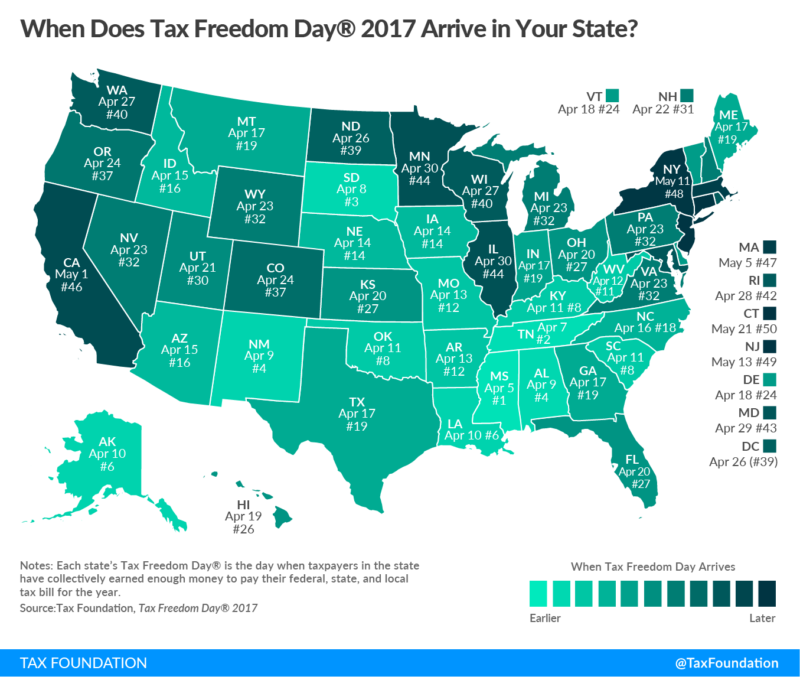Jim Tobin, Taxpayers United of America’s (TUA) president, was quoted in the Madison-St. Clair Record’s article about TUA’s efforts to ensure the defeat of any proposed Illinois state income tax rate hikes.
A proposal increasing state income taxes by 32 percent that passed in the State Senate by Democrats only has inspired the state GOP to target certain House district with robocalls in advance of a possible vote.
Calls going into local districts of state representatives Dan Beiser (D-111), Katie Stuart (D-112) and Jerry Costello (D-116) will in part warn:
“Over the weekend, NBC news reported that 46 Democrats in the Illinois House are committed to voting for a 32 percent income tax increase with no reforms to grow jobs or deliver property tax relief.
“House Speaker Mike Madigan’s plan to force higher taxes without reforms will be one of the largest tax hikes in state history.”
The caller then advises listeners to reach out to their representatives to oppose Madigan’s “tax-and-spend plan without reforms.”
Robocalls are going into 19 House districts across the state, according to a release from the Illinois Republican Party.
Taxpayers United of America (TUA) president Jim Tobin stated in a press release that taxpayers are increasingly venting anger and frustration over tax increase proposals, as they already pay some of the highest state and local taxes in the nation.
The income tax proposal that recently passed by all 32 Democrat senators would raise the individual tax rate from 3.75 to 4.95 percent and it woudl also raise the state corporate tax rte to 9.5 percent. No Republican senator voted in favor of the measure.
“No wonder Illinois has lost more residents than any other state for the third consecutive year,” Tobin stated. “And Chicago, the most corrupt city in the nation, was the only city of the nation’s 20 largest cities to lose population in 2016.”
The TUA press release cited a Chicago Sun Times accounting of taxpayer frustration.
“You dirt bags stop screwing the taxpayers,” posted one person on Facebook, the release states.
Another taxpayer commented, “Keep your grubby hands off our tax money you crook.”
“How dare you raise my taxes in this corrupt state. You are ruining people’s lives with your tax and spend ways,” wrote another.
“Illinois is bankrupt due to the huge deficits of its government-employee pension funds,” Tobin stated. “It is too late for the state to tax itself out of this predicament. Puerto Rico recently declared bankruptcy, and it looks more and more like this is the only salvation for Illinois.”
Even if the House passed the Senate’s tax increase bill, it would likely be vetoed by Gov. Bruce Rauner. Whether it could be overridden is uncertain.
Lawmakers convene today and again tomorrow, the last day of the General Assembly’s regular session. If a budget agreement is not reached, lawmakers could go into overtime where any deals would require a three-fifths or super majority vote for approval, versus a simple majority vote in regular session.






